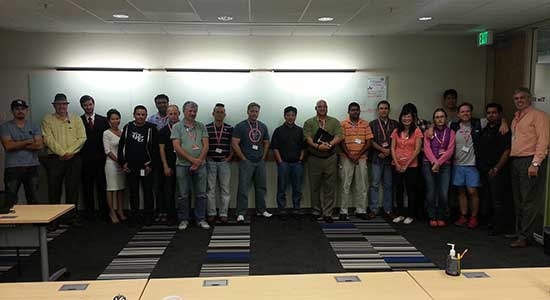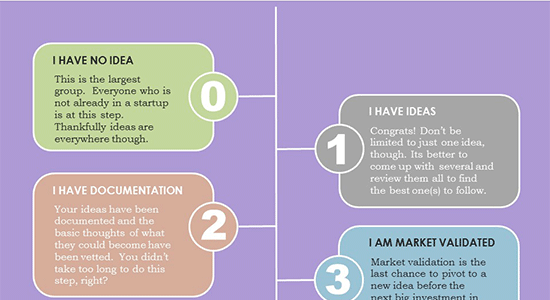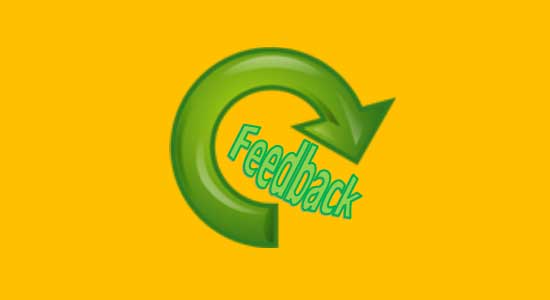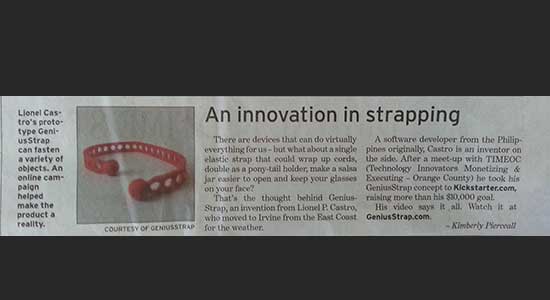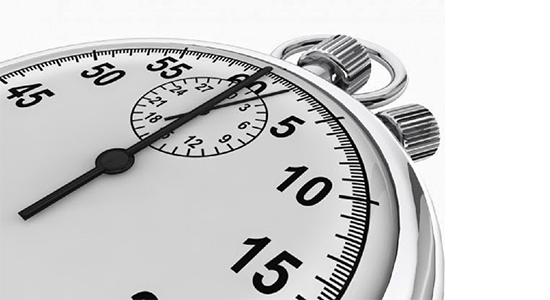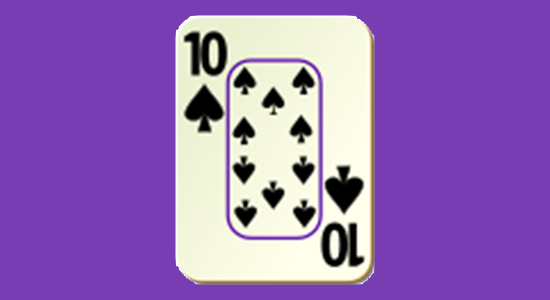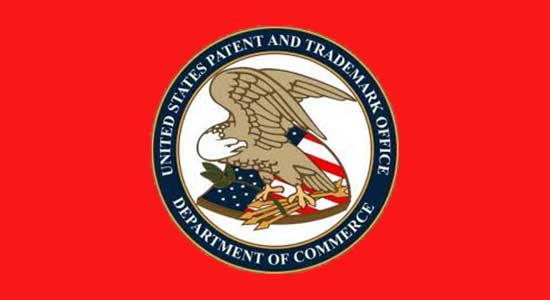
Provisional Patent Application, a Powerful Tool for Innovators
Written by Jeff Duncombe, April 16, 2014 in Startup
(Originally Posted 10/11/2011)
Today’s business world has become incredibly fast paced, and globally integrated, so that a good idea can be conceived, developed, engineered, and manufactured in a remarkably short period of time. Products can be mass produced in China, software may be developed in India, and finished products can be sold throughout the world in a matter of months rather than a matter of years.
The downside of this power and speed is that your competition can copy your finished product just as quickly. Much more quickly than you, in fact, because they don’t have any engineering or development costs, they simply copy your finished product. There are many companies whose primary business plan is to find successful new products and produce a replica almost immediately, so it is not uncommon to have knockoff competition within a very short period of time following the launch of a new product.
A strong portfolio of intellectual property protection is your best, and sometimes only, protection from these knockoff competitors. There are three primary types of intellectual property protection that can be used to protect your product: (1) patents, (2) trademarks, and (3) copyrights. The focus of this discussion will be on patent protection, but it is worth noting that trademark and copyright protections are also important, and should be carefully considered.
Intellectual Property Protection
There are three primary types of patent applications: (1) Design patent applications, (2) Utility patent applications, and (3) Provisional patent applications.
Design Patents
It is worth first noting the Design patent application, which is a unique form of protection that is distinct from the other applications. A Design patent protects the “ornamental appearance” of a product, product packaging, or similar item. This is particularly important when unique, cutting edge product appearance is important. Apple product come immediately to mind, but many product developers create unique and cutting edge products that are not structurally different than other products, but they have a unique appearance. It is worth noting that Provisional patent applications DO NOT establish protection for Design patents.
Utility Patents
The Utility patent application protects novel and non-obvious structures, methods of manufacture, methods of use, compositions, and similar structural or process oriented improvements. This is typically the strongest and most effective patent protection that is available. Protection is good for up to 20 years from the date of application filing, and can effectively block infringers from most reputable channels of trade. The major downside of Utility patents is that they are expensive, and they often need to be filed when you might still be working out crucial details of construction, manufacture, use, etc.
Provisional patents
The Provisional patent application is a form of “temporary” Utility patent application that is valid for one year. The Provisional does not require many of the legal requirements of the Utility, most particularly the claims (which can realistically only be written by an experienced patent attorney). A Provisional only requires a detailed technical disclosure of the invention, including clear drawing, schematics, flow diagrams, etc., necessary to practice the invention. This can often be drafted by the inventor, who has a good understanding of the invention and how it functions.
How Do You File a Provisional?
There are typically three components of a Provisional application: (1) a written description, often referred to as a “specification,” (2) drawings, and (3) a USPTO Cover sheet (PTO/SB/16). The written description is just what you would expect, a detailed written description of the invention, the more detailed the better. DO NOT write a marketing piece extolling the virtues of the invention, this does not help you, and can often hurt you. Instead, focus on details of the physical components of the invention, how it functions, how it is made, and/or any other details that are important to practicing the invention. Discuss alternative ways something could be accomplished. Discuss suitable modifications, materials, etc. Once again, the more specific and detailed the better.
Drawings must be clear, and must show all of the various components of the invention. For both the specification and the drawings, it is very helpful to review similar “prior art” patents that are similar to your invention. Find one that is similar, and then use the professionally written application as a guide, and copy outright as much as possible. You can find such “prior art” with a professional patent search, or do your own using Google (they have a patent search option buried in with all of their many tools).
The form may be found here: http://www.uspto.gov/forms/ProvisionalSB.pdf
If that doesn’t work , you can also navigate to the form by opening The cover sheet can be opened by going to http://www.uspto.gov. In the upper right corner of the page, go into the “Site Index”. Find “Forms, USPTO” (it’s alphabetical) and click on it. Close to the top you will see “Patents”, and under that “EFS-Web Fillable Forms”. On that page is SB16 Provisional Application for Patent Cover Sheet. It is a very simple form. You can sign the form with an electronic signature, typically /your name/ (e.g. /John Doe/, including the slashes), and you can save a PDF file directly from the web site.
Produce PDF versions of the specification and drawings, and you can upload the files directly to the Patent Office.
Upload application
The upload form can be found at https://efs.uspto.gov/efile/portal/efs-unregistered.
The manual method of navigating involves going to http://www.uspto.gov and on the first page click “File Online” (an option under “Patents”). Non-attorneys will typically click on “Launch ESF-Web Contingency Unregistered eFiler”. It is a relatively simple process to follow the instructions and upload your three PDF files (application, drawings and cover sheet). There is a $125 government filing fee, which you can pay by credit card.
Final Details
Save the e-receipt from your filing, and keep save the application number and filing date. This will be critical to your later Utility patent application. You have one year to file a Utility patent application from this date, up to and including the anniversary date. You may want to discuss the application with a Patent Attorney about 2 months prior to the deadline, to ensure adequate time to file a Utility patent application claiming priority to your Provisional.
Don’t miss the Deadline.
Helpful Hint: It is critical to make the 1-year deadline. Since it is easy to let the date slip by, you might want to establish a relationship with a Patent Attorney immediately, and forward them a copy of the Provisional. They will typically be happy to docket your provisional, so that they can remind you when the one-year deadline approaches.
Foreign patents
It is worth noting that you have one year from your first patent filing date to file foreign patent applications, and this includes Provisional applications. When your one year anniversary date approaches, this is also your deadline to file foreign patents as well, so plan for both if you anticipate filing foreign patent applications.
First to File
It is also worth noting that the U.S. has adopted a “first to file” system (like the rest of the world), instead of a “first to invent” as we have been in the past. This makes it critical to file quickly, and often (if you make improvements).
Do you want to share?
Get involved with TIMEOC!
Signup now to make sure you get all of the latest TIMEOC info, Attend a Meetup, Sponsor a Meetup, or just Donate to our group. Thanks for your support.
Don’t a perfectionist, be a completionist
I was watching Late Night with Seth Meyers last week and the author Paul Beatty was the last guest. He was talking about a friend of his and fellow author...
30 second pitch: How Do I Make One?
A good 30 second pitch is probably one of the first things you should do once you have come up with an idea. You need a way to tell others...
Elegant Counting System Part Three
The Elegant Counting System continues from the previous post (Part Two). On to fractions. This is where English gets pretty weird if you stop to think about it. Check out these...
Elegant Counting System Part Two
The Elegant Counting System continues from the previous post (Part One) We are off and running with our new Elegant Counting System (ECS)! There are some other things to consider that...
Elegant Counting System Part One
After reading the book Outliers (actually I listened to the audiobook), I was intrigued by the author’s observation that, in math, Western language speakers’ children are already a year behind...
2014-04-30 TIMEOC Meeting Recap
The meeting had some great topics, and a cool demo from a TIMEOCer. We had a demo of Labdoo.org, which is a non-profit that helps put used notebooks into the hands...

